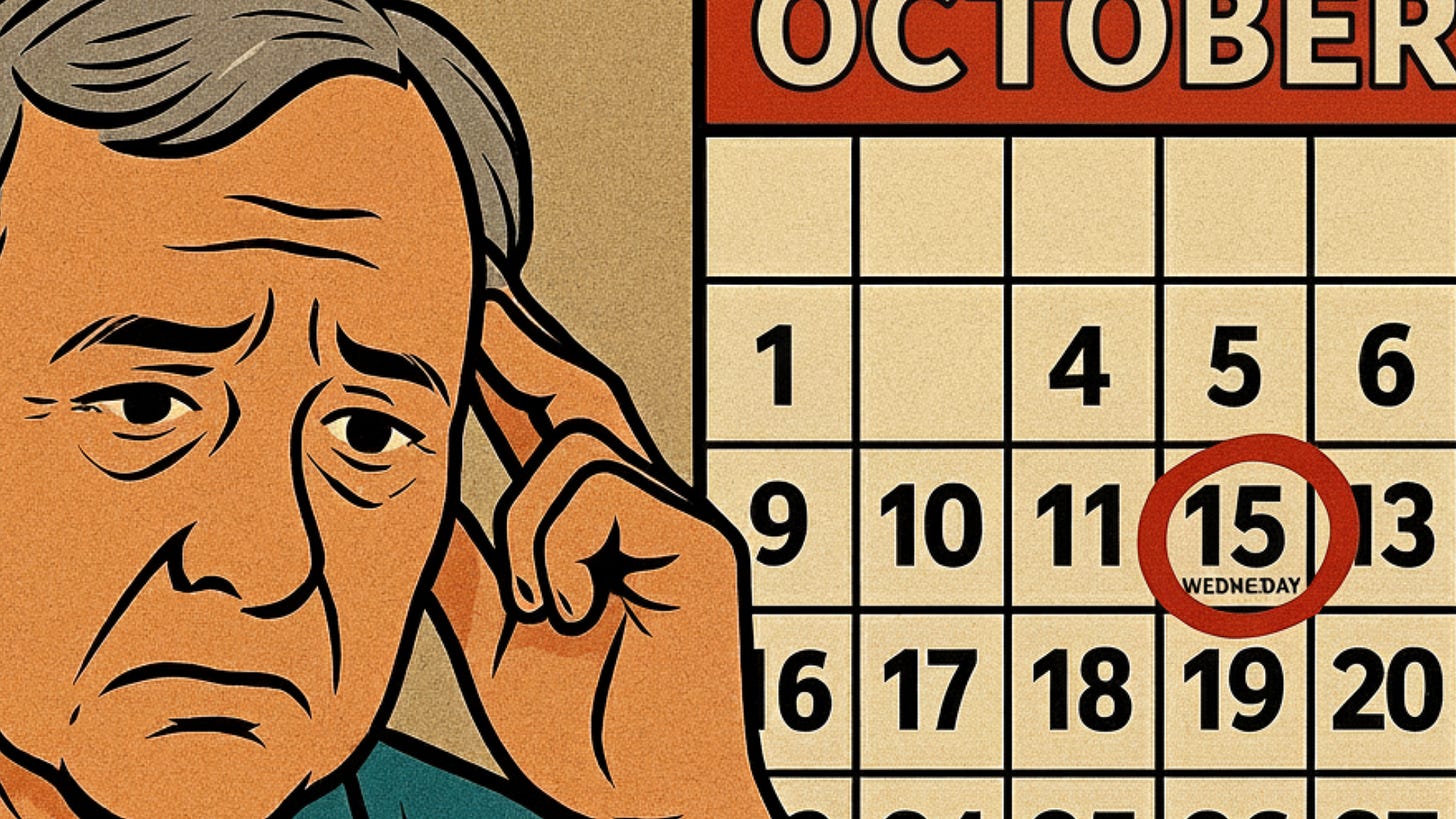
We are now approaching Medicare’s Annual Election Period (AEP), which runs from October 15 through December 7. During this time, current Medicare enrollees can review and change their Medicare Advantage (Part C) or Part D Prescription Drug Plans. This happens every year.
If you are enrolled in a Medicare Advantage Plan or a stand-alone Part D prescription drug plan, you will receive an Annual Notice of Change (ANOC) from your current insurance carrier. These notices must be mailed to you by the end of September.
Every year, insurance carriers are required to disclose changes to your current plan. It is called Annual Notice of Change (ANOC). This includes:
-
Premium increases or decreases
-
Changes to deductibles, copays, or coinsurance
-
Alterations to the drug formulary (the list of covered medications)
-
Changes to provider networks
-
Any additions or removals of benefits
You may believe that “everything is the same” if your premium doesn’t change. That is not true. A plan can reduce benefits, alter coverage tiers for prescription drugs, or even remove medications from its formulary entirely — and still keep the same monthly premium.
This happens every year. In some cases, entire plans are discontinued in certain ZIP codes.
You may currently be satisfied with your coverage. That doesn’t mean you should ignore the ANOC. The truth is that not reviewing your coverage — or worse, assuming that “everything will roll over the same” — can result in higher out-of-pocket costs, restricted access to care, or both.
The other reason? Plan changes made by the insurer are not appealable. If your drug moves from Tier 2 to Tier 4, it will cost more, and you cannot request the old terms back. This is not a clerical error — this is a policy update, and you were given notice.
-
Open every envelope from your insurance company during late September.
-
Look for the words “Annual Notice of Change” or “Evidence of Coverage.”
-
Compare the 2024 coverage to your current needs. If your prescriptions, providers, or health status have changed — this is the time to assess.
-
Consider alternatives during the AEP window (Oct 15 – Dec 7). You can make one change during this time, effective January 1.
Many don’t open these envelopes. Some throw them away by mistake. Others assume nothing has changed. This is why people often discover, too late, that their prescription is no longer covered or their doctor is no longer in network.
Avoid that outcome.
Medicare Advantage and Part D are annual contracts between you and the insurer. The terms of that contract change every year. This is your opportunity to make sure those changes are still acceptable — or to find an option that better suits your needs.
Stay informed. Don’t discard what matters.
Doing this without assistance? Nah, send us an email: info at gh2benefits.com and put “Medicare 2026 Guidance” in the Subject Line.


Why This Webinar Is Closed (and Will Not Be Recorded)
Some Things Are Too Important — and Too Risky — to Leave to Misinterpretation
There will be no replay.
The upcoming live webinar will be closed to the public. Registration is required, and the session will not be recorded or made available later, except to paid subscribers of this platform.
This decision may be surprising to some. In a world where “watch it later” is the norm, and where “free and open access” is expected, it may feel unusual. That’s understandable.
But it’s also exactly the point.
Precision Matters More Than Ever
The world of Medicare, financial contracts, health insurance, and tax-adjusted planning is more complex — and more misunderstood — than ever. The rules change. The media noise increases. The stakes are high.
In this environment, it only takes one quote taken out of context, one poorly informed opinion, or one social media post to create misunderstanding that spirals into blame, misattribution, or worse.
When you deal with topics that affect real households, real money, and real health — the room for misinterpretation is zero.
Why Not Just Publish the Replay?
Because not everything can be made “safe for public distribution” without removing its core value.
The reality is this:
-
The nuance required to explain certain concepts does not translate well into soundbites.
-
Some questions require interactive clarification, not passive consumption.
-
There are legal and compliance realities that limit what can be broadcast openly — especially if misunderstood by the wrong audience.
-
And most importantly: False blame and casual misinterpretation are dangerous. They don’t just affect reputations — they hurt the very people who rely on accurate information.
Why You Need to Be There Live
If you’ve been a reader, viewer, or client, then you know that every session delivers something that is not available anywhere else — not in government brochures, not in commercials, and certainly not in AI-generated summaries.
This live webinar will include:
-
Advanced real-life planning scenarios
-
Pre-release insights into future market and policy changes
-
Off-the-record context you can’t get from reading articles or guides
-
The opportunity to ask your own questions live
That’s not something that should be recorded and clipped into 10-second segments.
A Two-Way Agreement
By registering and attending live, you’re agreeing to participate in a safe, informed, and closed-door environment.
And in return, I’m agreeing to give you everything I can — clearly, directly, and without marketing spin.
That’s the trade. If that seems old-fashioned, that’s ok.
The live webinar is for people who understand the difference between free information and valuable insight. You already know this: you cannot outsource your health, your finances, or your household’s well-being to someone else’s guesswork.
If that describes you, then register now.

My comments on the PRIP 2025 study, by the Alliance for Lifetime Income, where I am an Education Fellow.
#Medicare #Season #Begins #ANOC